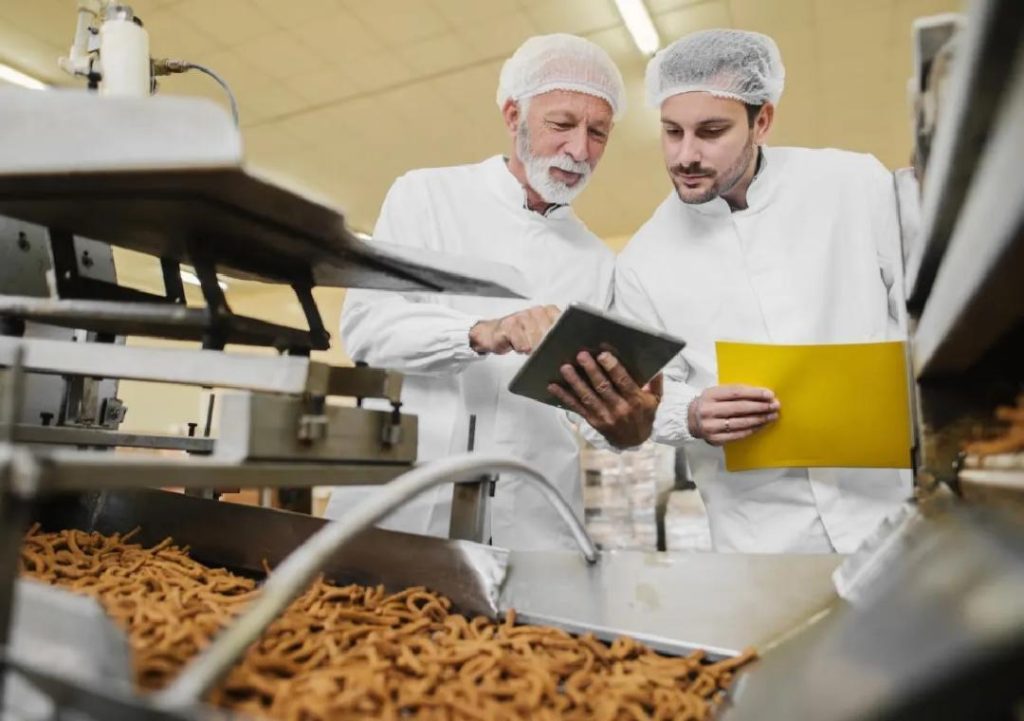
Can P&L Optimisation Redefine Success in Food Technology?
The food technology industry is witnessing a significant shift in the way companies approach profitability. Gone are the days of manual, labor-intensive processes; in their place are advanced automation, smart inventory systems, and data analytics. These innovations are revolutionising profit and loss (P&L) operations, enabling food tech companies to cut waste, sharpen demand forecasting, and make better decisions.
In a rapidly changing market, P&L optimisation is no longer a mere afterthought, but a critical factor in determining success. By adopting scalable models, businesses can boost margins, ensure sustainable growth, and stay competitive in the industry. In this blog post, we’ll explore how P&L optimisation can redefine success in food technology and what key strategies companies can implement to achieve this goal.
The Challenges of P&L Operations in Food Technology
Food technology companies face a unique set of challenges when it comes to P&L operations. The industry is characterised by fast-paced production cycles, fluctuating demand, and limited shelf life. These factors can make it difficult to accurately forecast demand, manage inventory levels, and optimise production. Moreover, the industry is heavily regulated, with strict food safety standards and stringent labeling requirements.
Traditional methods of managing P&L operations, such as manual data entry and spreadsheets, are no longer sufficient in this fast-paced environment. Companies need advanced tools and systems to streamline their operations, reduce waste, and improve profitability.
The Power of Automation and Smart Inventory Systems
Automation and smart inventory systems are two key areas where food technology companies can improve their P&L operations. By automating routine tasks, such as data entry and inventory management, companies can free up resources to focus on higher-value activities, such as product development and customer service.
Smart inventory systems, on the other hand, use data analytics and machine learning algorithms to predict demand, manage inventory levels, and reduce waste. These systems can identify trends and patterns in customer purchasing behavior, enabling companies to make more informed decisions about production and inventory management.
The Role of Data Analytics in P&L Optimisation
Data analytics plays a critical role in P&L optimisation, allowing companies to gain insights into their operations and make data-driven decisions. By analysing sales data, production costs, and inventory levels, companies can identify areas of inefficiency and optimise their operations to reduce costs and improve profitability.
Data analytics can also help companies to improve demand forecasting, which is critical in the food technology industry. By analysing historical sales data and trending patterns, companies can make more accurate predictions about future demand, enabling them to adjust production levels and inventory accordingly.
Scalable Models for Sustainable Growth
Scalable models are essential for food technology companies that want to achieve sustainable growth. By adopting scalable models, companies can increase production capacity, expand their customer base, and reduce costs.
Scalable models also enable companies to adapt quickly to changing market conditions and customer preferences. By having the flexibility to adjust production levels and inventory management, companies can respond to changes in demand and stay competitive in the market.
Case Studies: Food Technology Companies That Have Achieved P&L Optimisation
Several food technology companies have achieved significant success by adopting P&L optimisation strategies. Here are a few case studies:
- Company X, a leading manufacturer of specialty foods, implemented an automated inventory management system that reduced waste by 20% and improved inventory turnover by 30%.
- Company Y, a food technology startup, used data analytics to improve demand forecasting, resulting in a 15% reduction in production costs and a 25% increase in profitability.
- Company Z, a leading food processing company, adopted a scalable model that enabled it to increase production capacity by 50% without increasing costs.
Conclusion
P&L optimisation is no longer a nice-to-have in the food technology industry; it’s a must-have. By adopting advanced automation, smart inventory systems, and data analytics, companies can cut waste, sharpen demand forecasting, and make better decisions. Scalable models are essential for achieving sustainable growth, and companies that adopt these models can stay competitive in the industry.
In conclusion, P&L optimisation can redefine success in food technology by enabling companies to achieve sustainable growth, reduce costs, and improve profitability. By implementing these strategies, companies can stay ahead of the competition and achieve long-term success in the industry.
Source:
https://www.growthjockey.com/blogs/p-and-l-operations-in-food-tech






